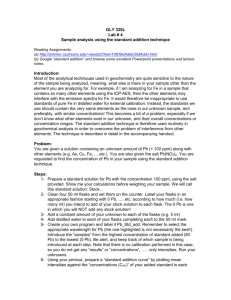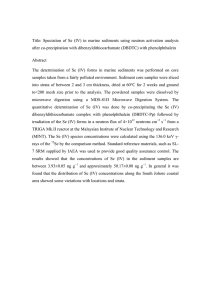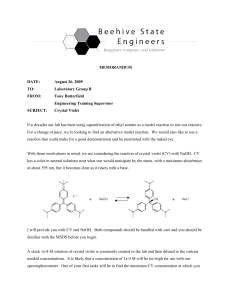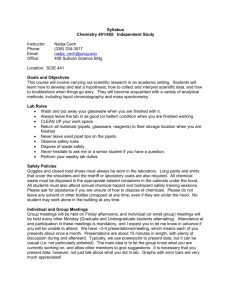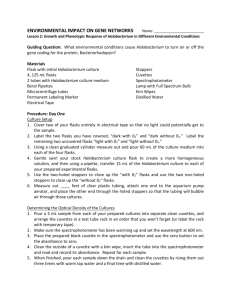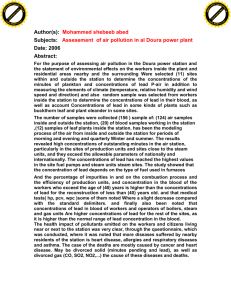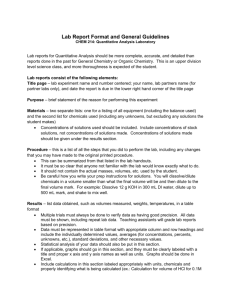Analysis of Unknown Solutions AP Chemistry Lab #4
advertisement
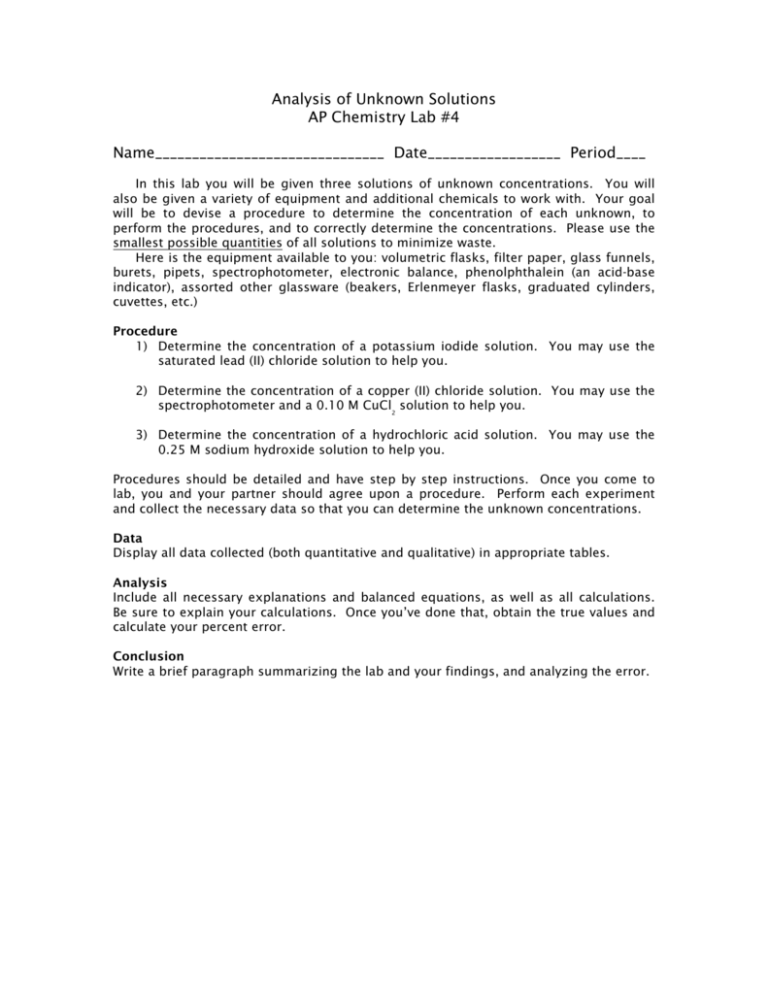
Analysis of Unknown Solutions AP Chemistry Lab #4 Name_______________________________ Date__________________ Period____ In this lab you will be given three solutions of unknown concentrations. You will also be given a variety of equipment and additional chemicals to work with. Your goal will be to devise a procedure to determine the concentration of each unknown, to perform the procedures, and to correctly determine the concentrations. Please use the smallest possible quantities of all solutions to minimize waste. Here is the equipment available to you: volumetric flasks, filter paper, glass funnels, burets, pipets, spectrophotometer, electronic balance, phenolphthalein (an acid-base indicator), assorted other glassware (beakers, Erlenmeyer flasks, graduated cylinders, cuvettes, etc.) Procedure 1) Determine the concentration of a potassium iodide solution. You may use the saturated lead (II) chloride solution to help you. 2) Determine the concentration of a copper (II) chloride solution. You may use the spectrophotometer and a 0.10 M CuCl2 solution to help you. 3) Determine the concentration of a hydrochloric acid solution. You may use the 0.25 M sodium hydroxide solution to help you. Procedures should be detailed and have step by step instructions. Once you come to lab, you and your partner should agree upon a procedure. Perform each experiment and collect the necessary data so that you can determine the unknown concentrations. Data Display all data collected (both quantitative and qualitative) in appropriate tables. Analysis Include all necessary explanations and balanced equations, as well as all calculations. Be sure to explain your calculations. Once you’ve done that, obtain the true values and calculate your percent error. Conclusion Write a brief paragraph summarizing the lab and your findings, and analyzing the error.

